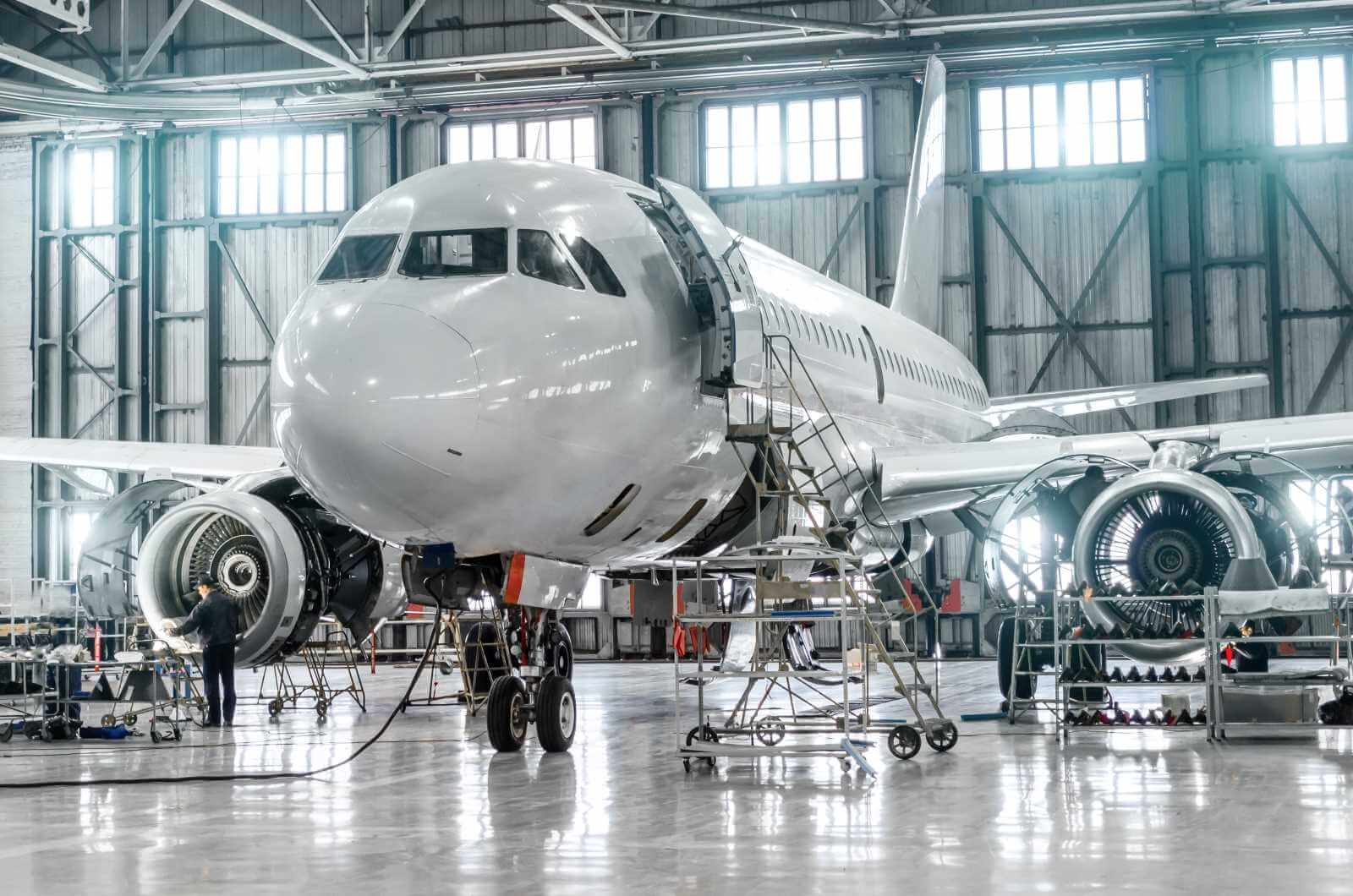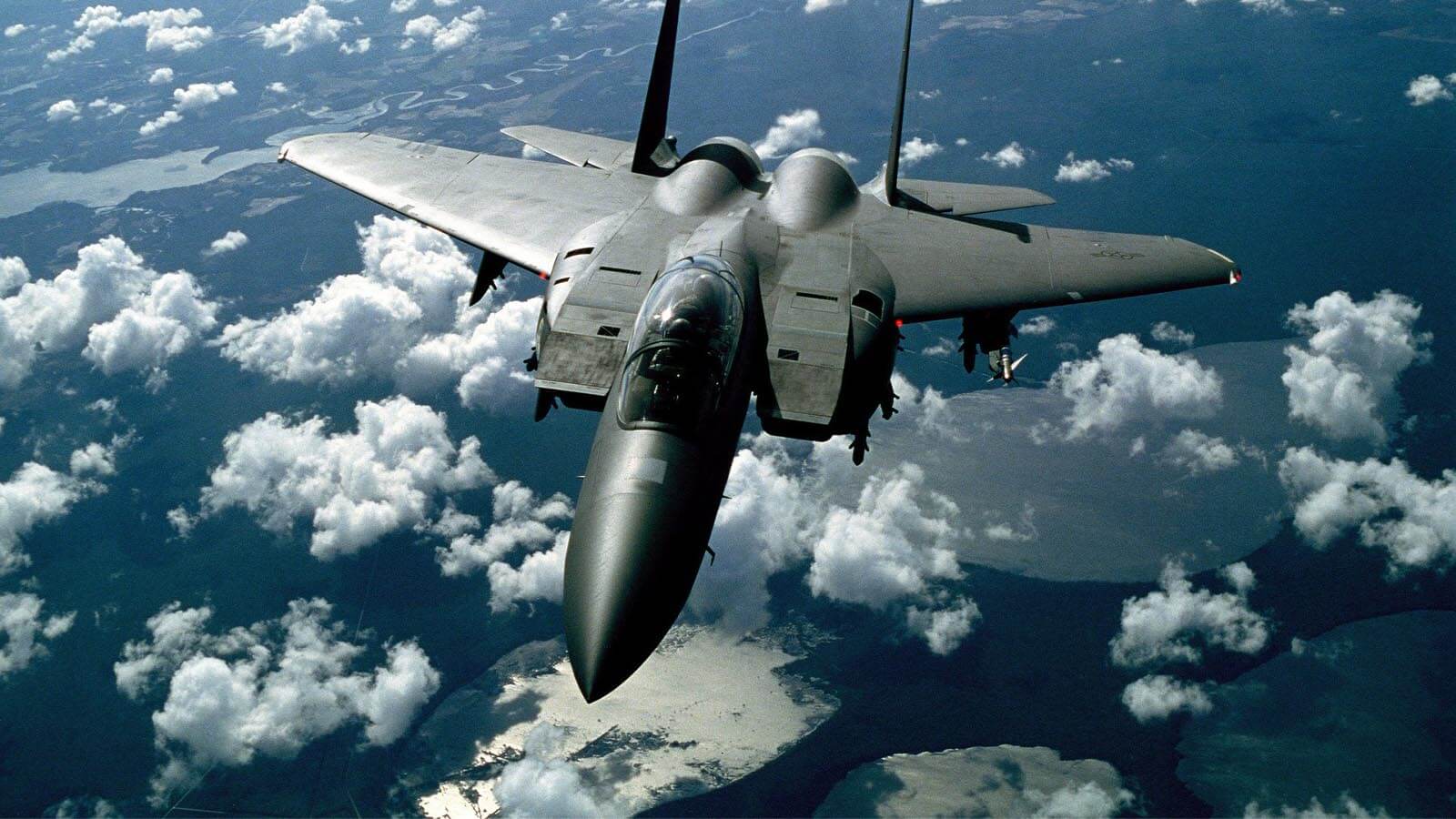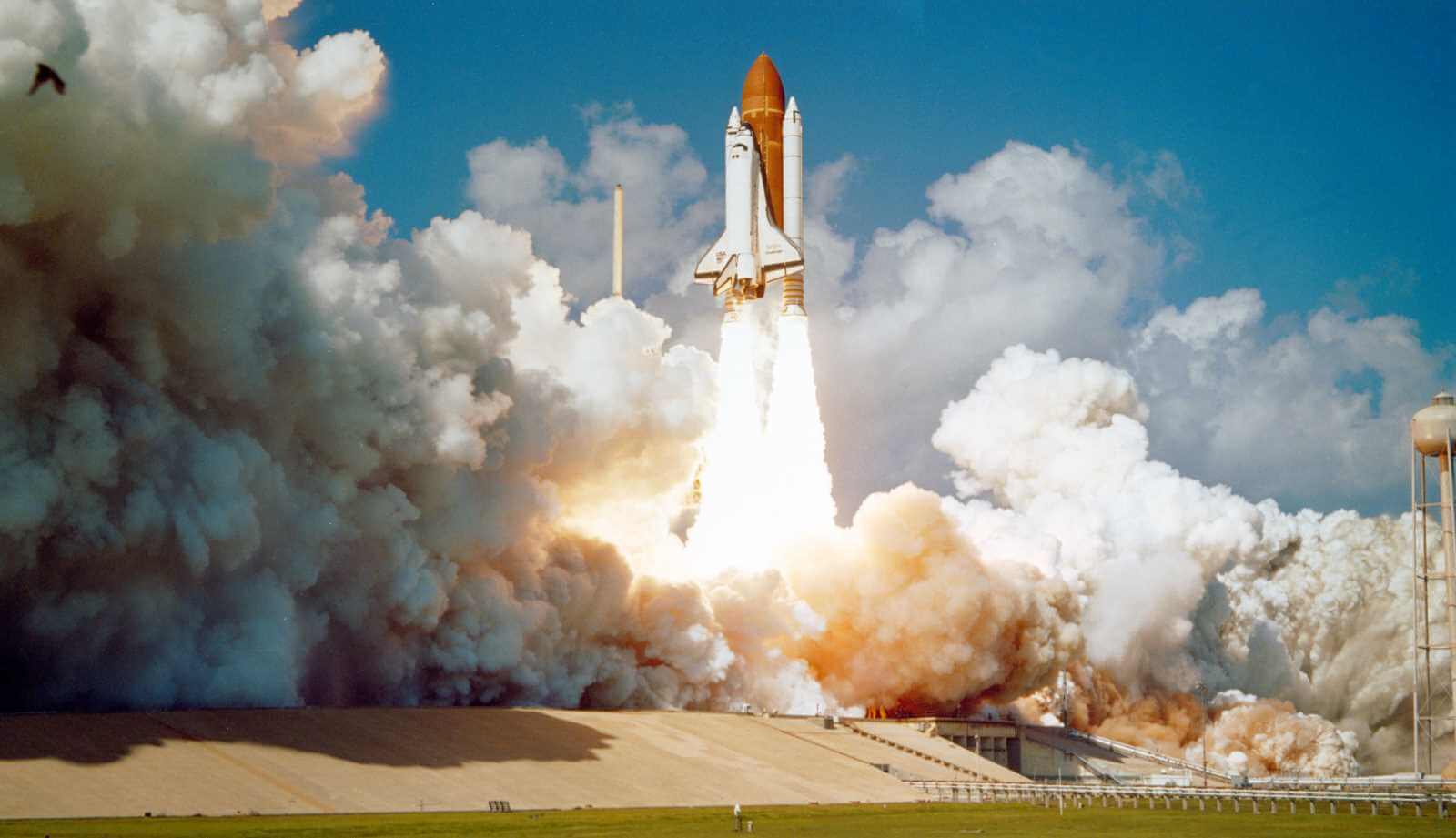Up and Coming Risks in the Aerospace Supply Chain
The Aerospace Industry is reaching new heights each year, demonstrating promising signs of growth. Unfortunately, this growth comes with a cost. Disruptions in the aerospace supply chain combined with growing demand for manufacturers have introduced aerospace leaders to a dilemma.
To take advantage of the current boom in aerospace demand, companies must first address these looming supply chain risks. Fortunately, managed engineering services may be just the solution they need.
There is no question that the global supply chain has been out of sorts since the outbreak of the COVID-19 pandemic. Between supply chain disruptions and the pandemic itself, the aerospace industry saw significant drops in demand and thus earnings.
Two years later and demand is rapidly picking up, but supply chain issues haven't been resolved. For aerospace companies to maximize their profits during this increase in demand, they must first address these major supply chain disruption risks.
Limited Talent Available
Nearly every industry today is struggling to overcome a talent shortage. With an aging workforce and a gaping skills shortage, it's growing increasingly difficult for companies to acquire the talented workforce they need.
These problems are only exacerbated within the aerospace industry as the skills needed are niche, leaving companies with only a small pool of talent available to them to begin with. On top of this, companies within the aerospace industry are further limited in hiring by regulations in compliance.
Often to combat this issue, aerospace companies will outsource certain aspects of their production processes. Unfortunately, this can create new issues. Too many middlemen can create supply chain silos, leaving one party waiting on another. A fragmented workforce combined with miscommunication can create significant delays in manufacturing operations (on top of preexisting supply chain delays).
Two-Speed Challenge
Speaking of preexisting supply chain delays, one of the largest is that of the two-speed challenge. Aerospace companies manufacture highly advanced and complex equipment, which typically have an extremely long life cycle. Unfortunately, while the entire product may last for 30 years, the internal components do not. Most subsystems and components only have a life cycle of 5 years, meaning that they will need replacing. This is the two-speed challenge.
While it would be ideal to simply replace these parts as needed, it isn't that simple. Certain components become harder to obtain over time and can even grow obsolete. Should this occur, aerospace companies will face significant bottlenecks trying to acquire raw materials or discontinue parts.
To combat this, OEMs need to design new replacements for obsolete parts, but this can be highly time-consuming between design, manufacturing, and testing. Plus, doing so often builds nonrecurring costs that aren't often anticipated, as well as requiring additional labor. Looking back at the talent shortage, this creates several challenges for companies.
For aerospace companies to truly address this issue, they must be more proactive about addressing component issues, as well as have a team prepared to design and replace parts before they need replacing.
Risk Management
When it comes to the design and manufacturing of any materials, risk is a significant factor - particularly when new components come into play. For each part, thorough testing must be conducted, not only for functionality but also for compliance and regulation requirements. Doing so is time-consuming but crucial, yet many companies fail to conduct proper risk management and assessment.
In fact, 19% of aerospace professionals confirmed supply chain risk management to be a high-relevance concern for the aerospace industry. More proactive risk management is needed to identify and resolve weak links before they cause serious issues. Should companies ignore these risks, they will worsen supply chain disruptions and potentially impact the entire organization's operations.
Increased Production Demands
As mentioned in the previous challenges, a global increase in aerospace production has perpetuated most other supply chain disruptions. A rising demand, in addition to the entrance of new competitors, is forcing companies to scale their efforts upwards. But, with the talent crisis going on, doing so is difficult with a limited workforce and time constraints.
To meet customer demand, aerospace companies need to invest in capacity and capability - without dramatically impacting their project budget. But, how do aerospace companies get the workforce needed to scale up in the face of a talent shortage, supply chain disruptions, and budgetary confinements?
Addressing Disruptions in the Aerospace Supply Chain
Let's recap what needs to be done to address these disruptions:
- Acquire skilled and experienced aerospace engineers
- New labor strategies to scale capacity and workforce
- Obtain legacy-parts support
- Meet growing consumer demand
Now, most aerospace companies are aware of these problems - and what needs to be done to address them. After all, these challenges are disrupting operations. But, what they don't know is that there is one solution available to address them all - on time and on budget, at no additional labor to your internal workforce.
By outsourcing to a managed engineering provider, you can equip yourself with a team of experts who have the capacity and resources to support the needs of complex aerospace companies.
A managed engineering provider can significantly scale your team's capacity to complete projects from start to finish. With a wide array of industry-relevant subject matter experts (SMEs), all of whom have years of aerospace and engineering experience, you can acquire the skilled workforce that is becoming increasingly difficult to acquire.
Plus, with one provider to meet all of your engineering needs, there is no risk of silos or miscommunication between intermediaries. Instead, a singular team will handle your projects using flexible business models, ensuring that their efforts are scaled to your unique needs and budget.
With experts on your side, your company can overcome many of its supply chain disruptions, allowing you to maximize the value of today's growing consumer demand for aerospace technologies.
Intertec Engineering offers over 650 years of combined experience, ensuring that our clients are supported in a wide range of specific skills. With support in the planning and organization of technical projects all the way from conception to completion, we've got you covered.
Interested in learning more about Intertec Engineering's solutions in application to Aerospace? Download our free infographic.






